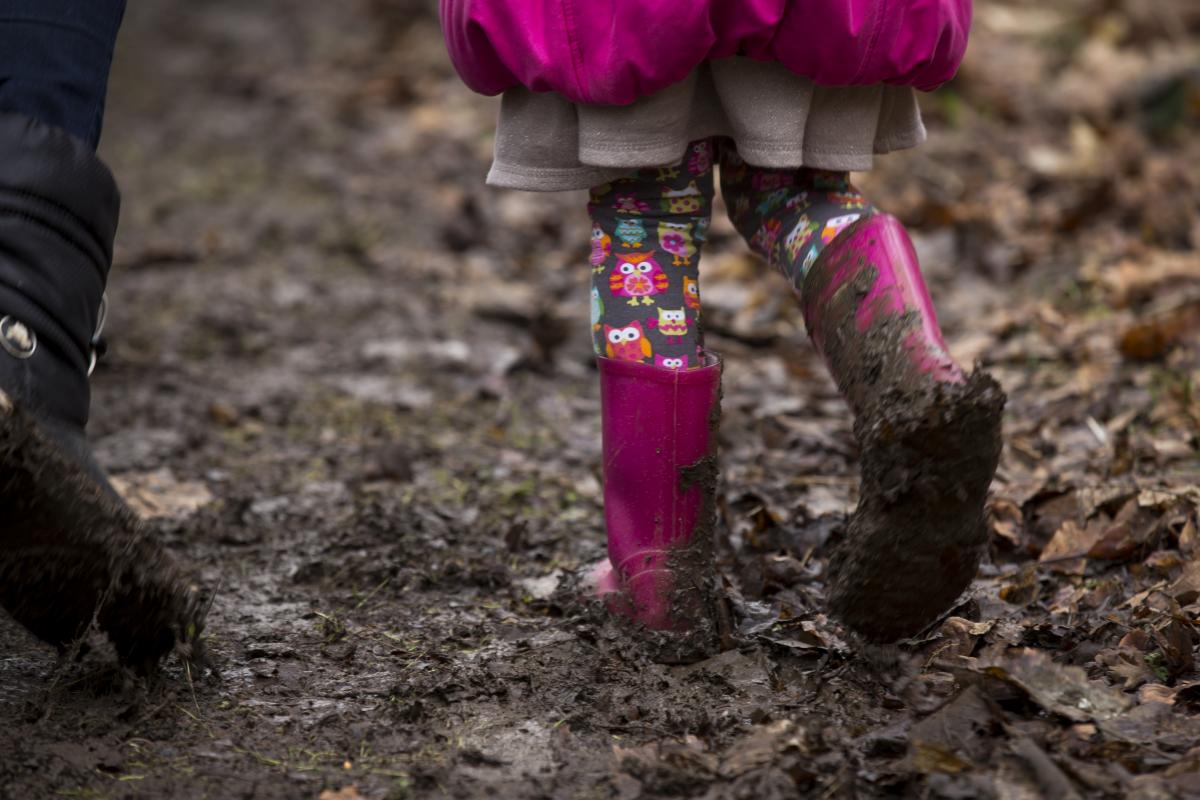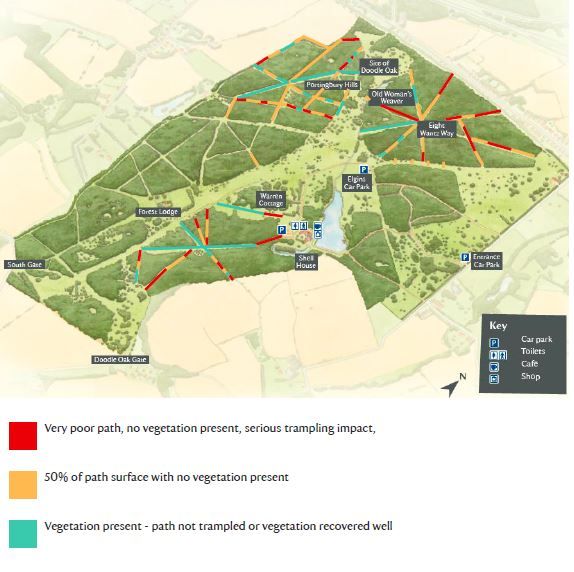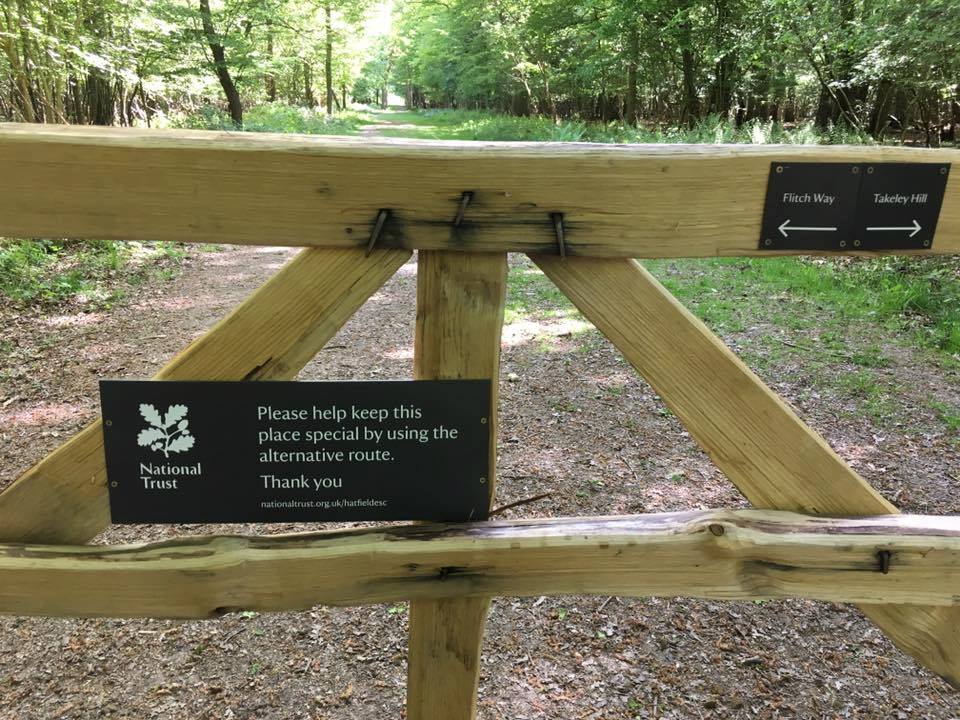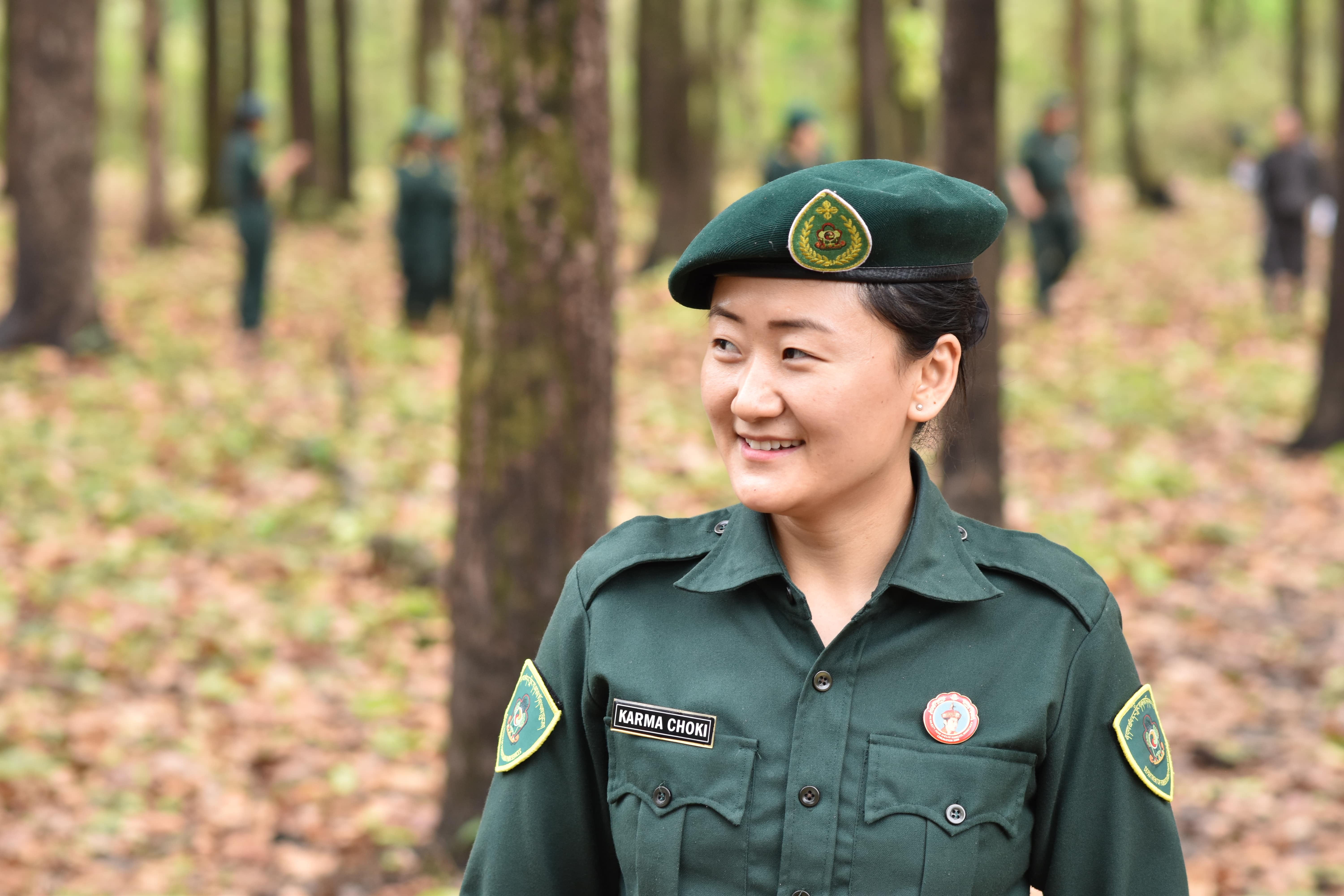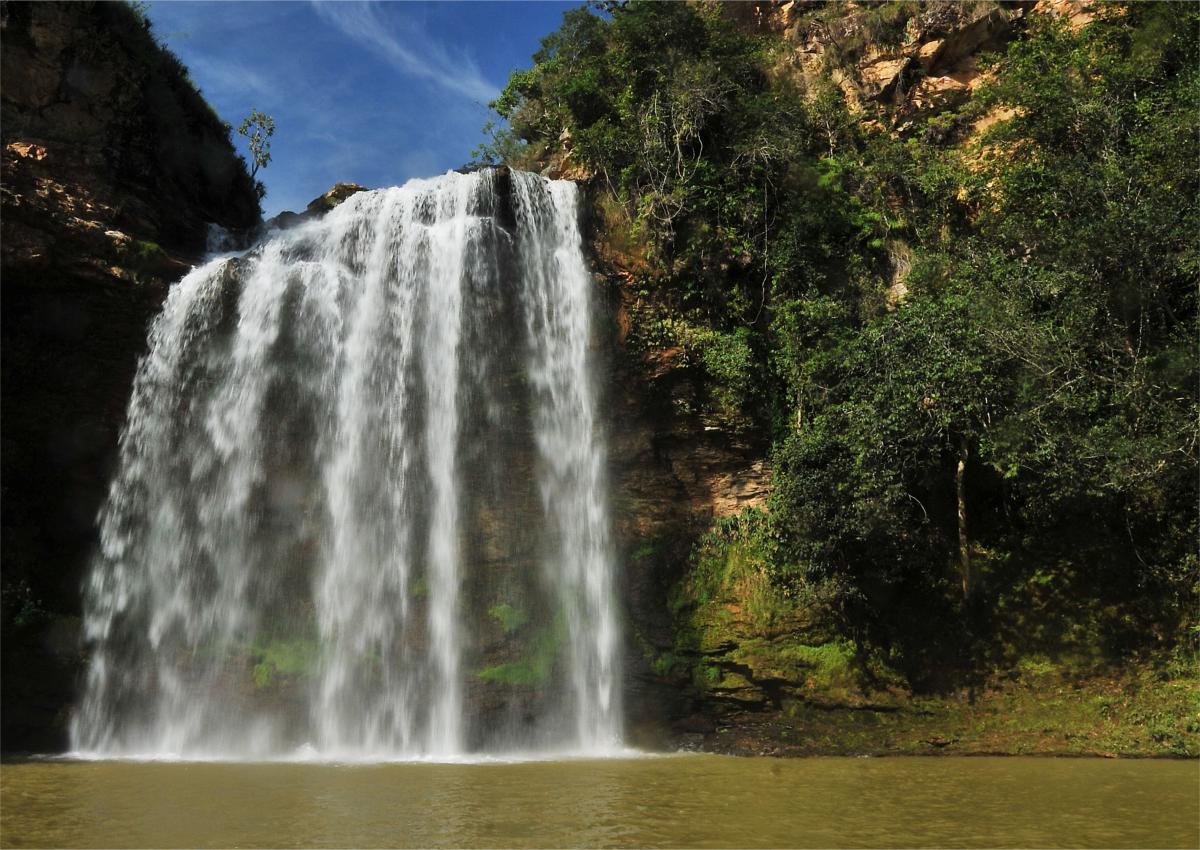How best practice stakeholder participation results in the best outcomes for nature
What do you do when people’s deep love for a forest is the very reason the habitats are in trouble and there is tension? The answer is to do best practice Stakeholder Dialogue, to share decisions with other stakeholders and find the best possible outcomes for people and nature. Diana Pound CEC member talks about her experiences.
Hatfield Forest, rich in wildlife and cultural significance, is in the East of England. It is a National Nature Reserve and one of the last remaining intact royal hunting forests in Europe. Since 2007, visits to the forest increased fivefold causing damage to wet clay soils and deterioration in habitats and visitor experience.
As custodians of the forest, the National Trust tried to tackle the problem by closing certain pathways and gates, but this provoked an angry reaction. A new project, Every Step Counts, was set up to build understanding and host a participation process designed and facilitated by Dialogue Matters (neutral third-party participation experts).
The elements that made this best practice were...
- Genuine empowerment: National Trust staff decided priorities for action with other stakeholders, rather than deciding what to do and consulting on it
- Consensus Building methods, were used to move people from adversarial to cooperative behavior
- A strong emphasis on the architecture of the process design, so outputs from one stage fed directly in to the next and face-to-face deliberation was integrated with online engagement
- A balanced and equitable stakeholder list of 45 people invited to take part in the core deliberations
- Using workshop methods that increase what is covered by up to ten times, which made the best use of participants' time and showed respect for the time they were volunteering for the process
- A Constructive Dialogue approach by enquiring into what was working and how to build on and add to that
- Ongoing participation: we embedded this by forming a new working group of stakeholders and National Trust staff to work on implementation together
All of these factors enabled stakeholders, including the National Trust, to discuss, decide on and implement solutions together to safeguard a place they all love so much.
The process also changed the way the Hatfield Forest team work. Ade Clarke, (then) General Manager said: “We have used consultation before, but never where we are as much a stakeholder as everybody else in shaping the options and solutions to an issue. From my perspective, this was a leap into the unknown, but I quickly found it easy to trust Dialogue Matters, and the process, and realise it was the only sustainable approach to ensure the long-term survival of the forest. It was very impressive how the professional Dialogue Matters team were able to pre-empt conflict and manage the situation to a positive outcome. I have never seen such expert facilitation before. The team at Hatfield has gone through a cultural shift in thinking as a result of this work."
With this success, Dialogue Matters and the National Trust entered this story for the Best Practice Awards given by the UK’s Chartered Institute for Ecology and Environmental Management. They not only won the Stakeholder Engagement category, but to their surprise were given an extra award for “Outstanding Best Practice” only given if an entry stands out above all winners as “an exceptional project that set an overall impressively high standard”.
Diana Pound is a respected professional environmentalist with an international reputation for Stakeholder Dialogue and participatory research related to people and nature. She has designed and facilitated over 100 processes, trained 2000 people and worked in 26 countries. She champions and delivers the best possible practice within available resources and works to transform the way that organisations work with others, or within themselves, to develop momentum and plan action for positive change. She is a Chartered Environmentalist and an IUCN CEC member.
